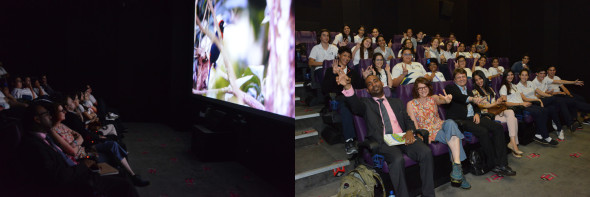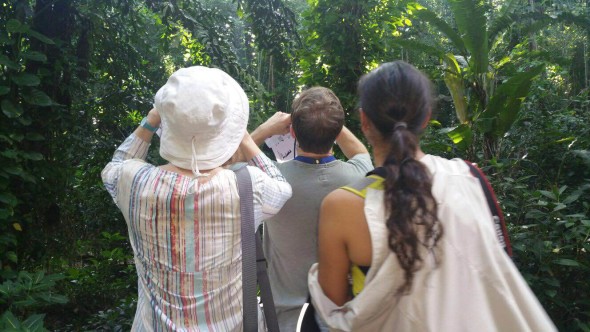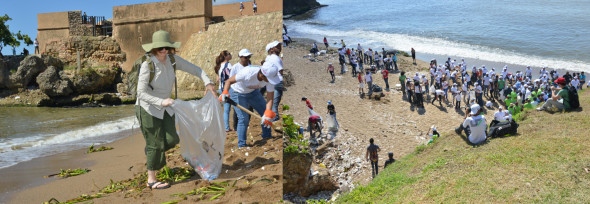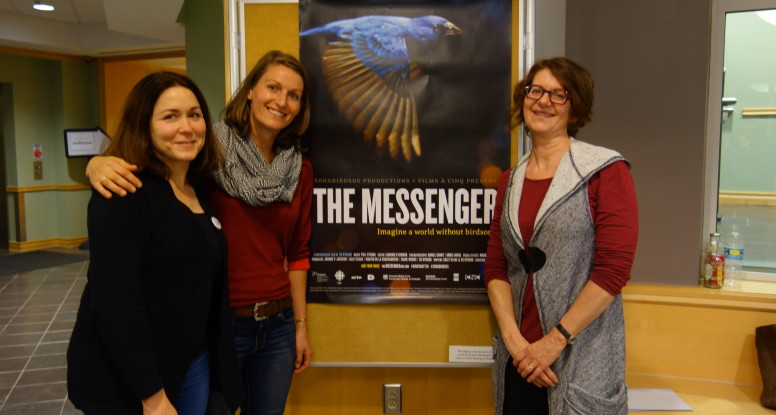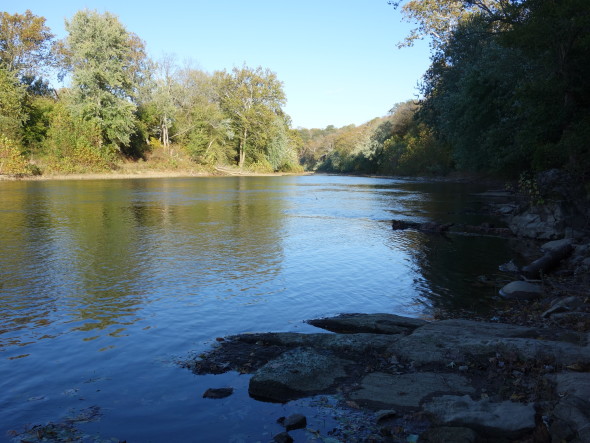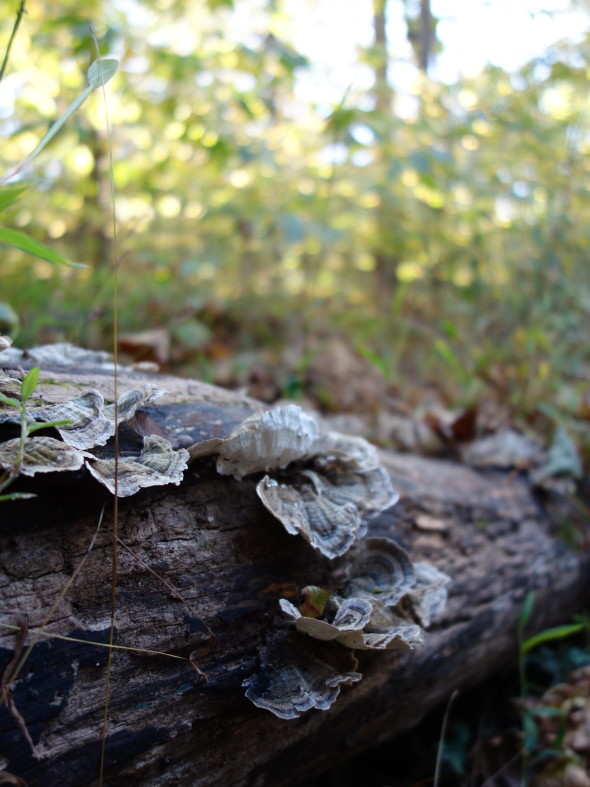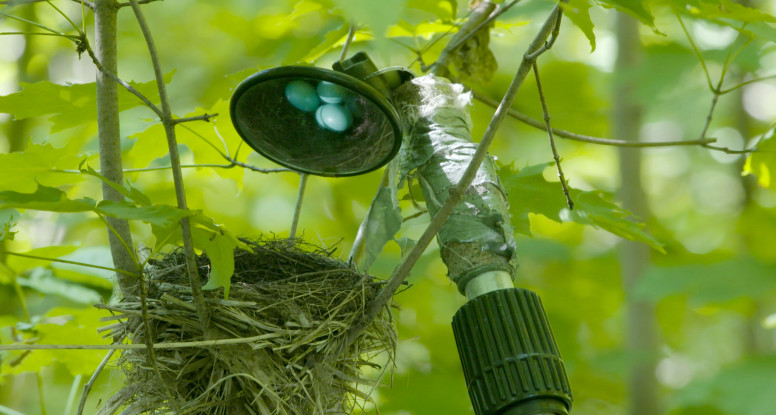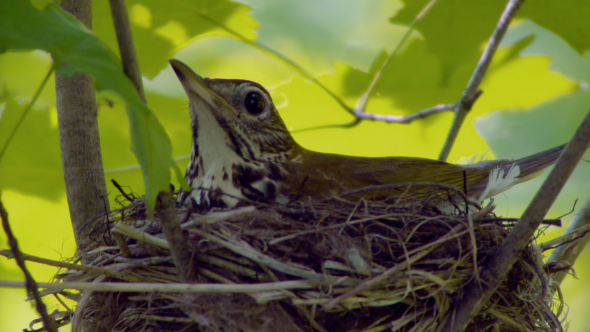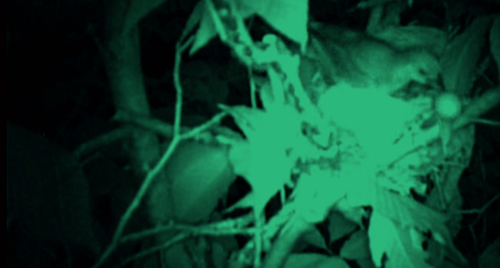Die Gotterdammerung is the last in Richard Wagner’s cycle of four music dramas titled Der Ring des Nibelungen or The Ring Cycle.
Last year I wrote a short blogpost about The Forest Bird in Wagners Siegfried. This year, I was lucky enough to see the COC production of Die Gotterdammerung, and found myself pondering the role of birds, both in music and in the stories we tell.
Like the opera Siegfried, birds are featured once again in Die Gotterdammerung, but this time we meet two ravens called Reason and Mercy. Tragically (this is opera after all) these ravens are the messengers who decree Siegfried’s death. Birds have something to tell us indeed.
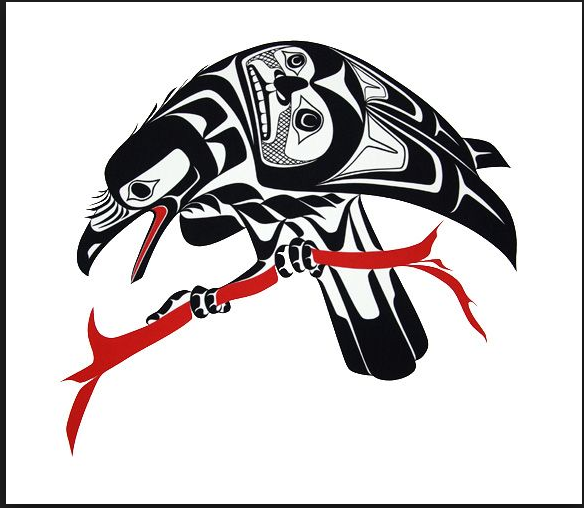 The raven is perhaps humankinds most storied bird. The mythology of the Haida is based on the epic cycle of stories about the Raven and his various exploits. One of the best-known of these stories tells how the Raven disguised himself in order to enter the house of the Sky Chief, from whom he stole the sun, moon and stars to give to humankind.
The raven is perhaps humankinds most storied bird. The mythology of the Haida is based on the epic cycle of stories about the Raven and his various exploits. One of the best-known of these stories tells how the Raven disguised himself in order to enter the house of the Sky Chief, from whom he stole the sun, moon and stars to give to humankind.
Be it stories or music, birds are our long time cultural companions. British composer David Matthews believes that western music inspired by birdsong goes back at least as far as the 16th century. You can read more about his ideas in this essay. Matthews also understands what it means to be losing our birds.
“Many of our birds are in decline – the cuckoo among them: fewer people now hear this essential sound of spring. Fortunately we still have blackbirds in great numbers, but we had better take care of them, and our other songbirds, otherwise we shall end up with the silent spring that Rachel Carson warned us of in her famous book of that title. Birds were singing millions of years before we evolved: they were the inventors of music. Maybe our future depends on theirs.”
Wise words indeed.



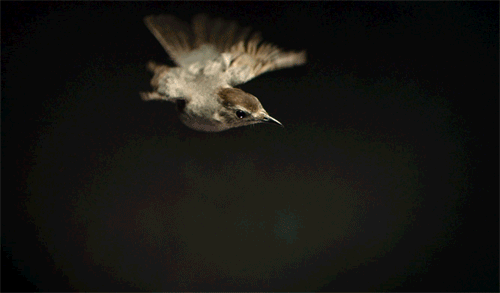
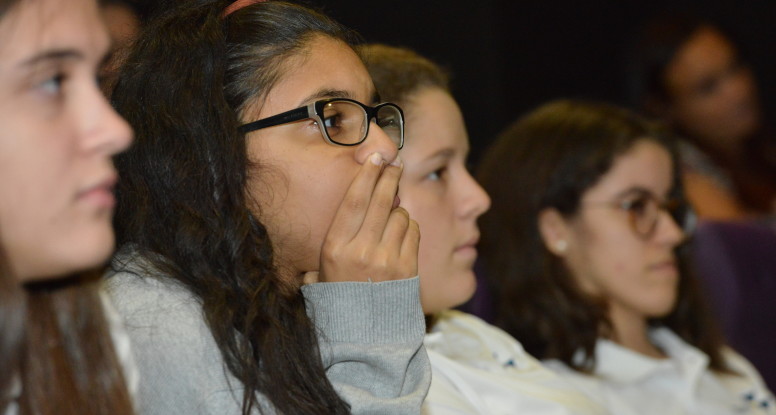
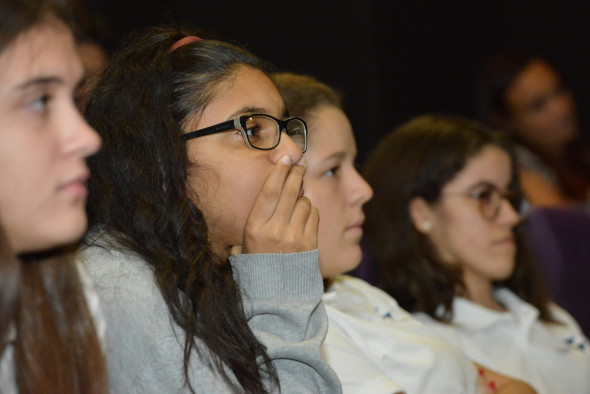 They do this by connecting the film a dedicated audience. The Messenger was paired with several high school groups and screened at different locations in Santo Domingo. Teachers had prepared the students for the screening (including assignments) so they were very attentive! Filmmakers accompanied their films into the classroom, engaging in lively Q&A’s. It’s great to see environmental films reaching these younger audiences and to see these audiences connecting with the material.
They do this by connecting the film a dedicated audience. The Messenger was paired with several high school groups and screened at different locations in Santo Domingo. Teachers had prepared the students for the screening (including assignments) so they were very attentive! Filmmakers accompanied their films into the classroom, engaging in lively Q&A’s. It’s great to see environmental films reaching these younger audiences and to see these audiences connecting with the material.